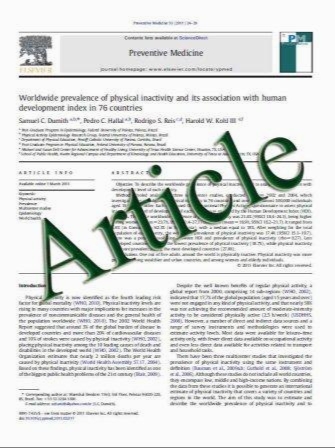Drug-Induced Autoimmune-Like Hepatitis
- نوع فایل : کتاب
- زبان : انگلیسی
- مؤلف : Albert J. Czaja
- چاپ و سال / کشور: 2011
Description
The clinical phenotype of classical autoimmune hepatitis can be mimicked by idiosyncratic drug-induced liver injury, and differentiation can be difficult. The goals of this review are to enumerate the major agents of druginduced autoimmune-like hepatitis, describe the clinical findings and risk factors associated with it, detail the clinical tools by which to assess causality, discuss putative pathogenic mechanisms, and describe treatment and outcome. The frequency of drug-induced autoimmune-like hepatitis among patients with classical features of autoimmune hepatitis is 9%. Minocycline and nitrofurantoin are implicated in 90% of cases. Female predominance, acute onset, and absence of cirrhosis at presentation are important clinical manifestations. Genetic factors affecting phase I and phase II transformations of the drug, polymorphisms that protect against cellular oxidative stress, and human leukocyte antigens that modulate the immune response may be important pathogenic components. Clinical judgment is the mainstay of diagnosis as structured diagnostic methods for drug-induced liver injury are imperfect. The covalent binding of a reactive drug metabolite to a hepatocyte surface protein (commonly a phase I or phase II enzyme), formation of a neoantigen, activation of CD8 T lymphocytes with nonselective antigen receptors, and deficient immune regulatory mechanisms are the main bases for a transient loss of self-tolerance. Discontinuation of the offending drug is the essential treatment. Spontaneous improvement usually ensues within 1 month. Corticosteroid therapy is warranted for symptomatic severe disease, and it is almost invariably effective. Relapse after corticosteroid withdrawal probably does not occur, and its absence distinguishes drug-induced disease from classical autoimmune hepatitis
Dig Dis Sci (2011) 56:958–976 DOI 10.1007/s10620-011-1611-4 Received: 10 January 2011 / Accepted: 29 January 2011 / Published online: 16 February 2011


